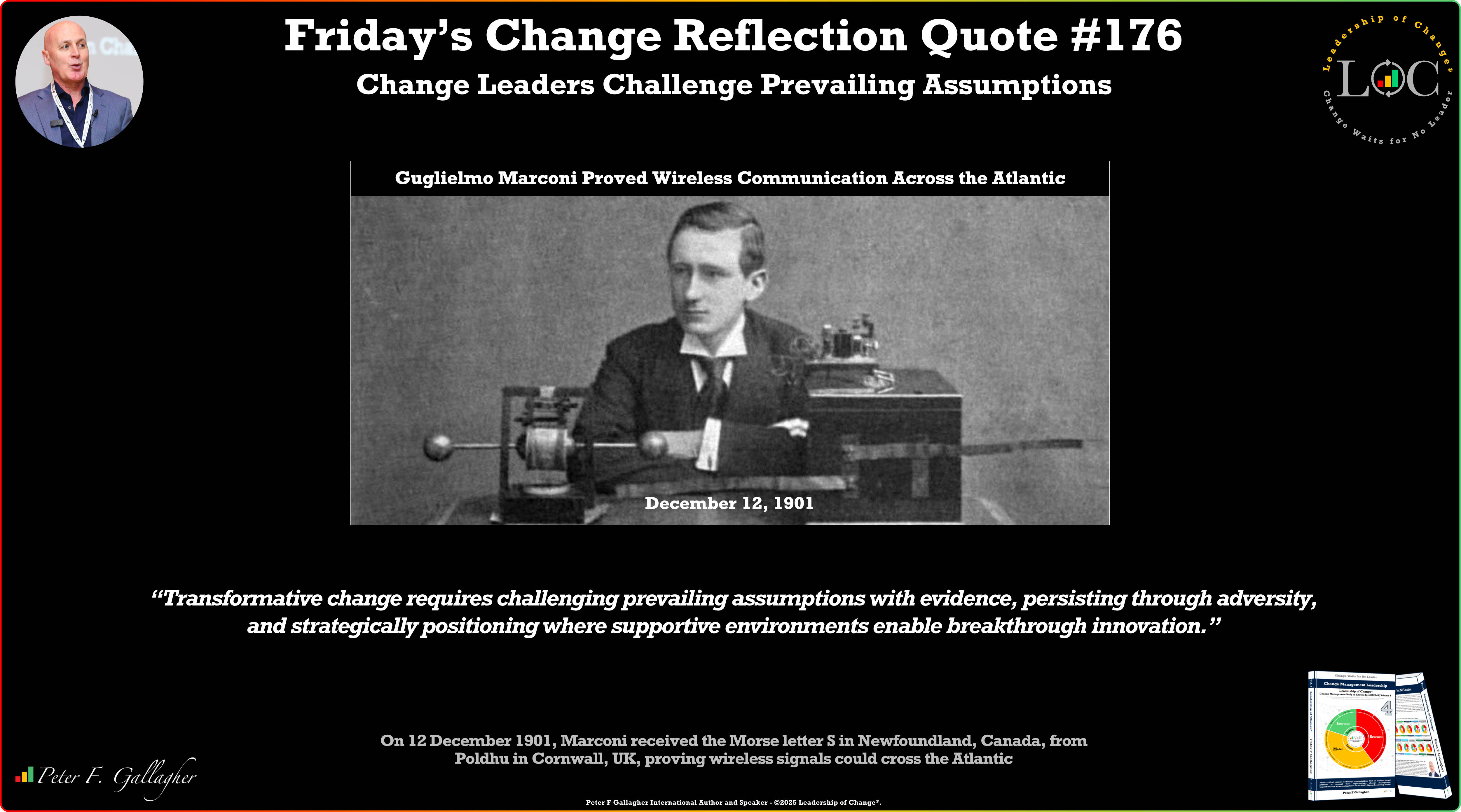Sep11

Let's cut to the chase. Understanding your audience is essential for marketing success. Without it, you are throwing something out hoping that anything will stick, when you could be focusing on your efforts on your customers.
You could be a seasoned marketer for a large business or just new to the scene of advertising, it doesn't matter - taking the time to truly get to know your audience can make all the difference.
Retail is not just about pushing products anymore; it is about forming connections, solving problems, and meeting the needs of the people.
So, with that in mind, let's take a look at how you can get to know your audience for marketing success and building a stronger future for your business.
It is time to treat your business's audience like it is your best friend's new boyfriend. You need to find out a bunch of info – and quickly.
Start by gathering every bit of data you can lay your hands on and look at demographics like age, gender, location, and income. But don't stop there either - delve deeper into psychographics. What are their interests, hobbies, and values? What struggles do they have and what challenges do they face? The more you can put together the puzzle pieces of their lives, the better you can tailor your marketing strategies to resonate with them.
If you don't have time to do this yourself, you can always hire professional brand services such as anthembranding.com.
You no longer have to hire private investigators to find out what someone is having for breakfast – it is most likely on their Instagram stories. Platforms like Facebook, Instagram, TikTok, and X (formally known as Twitter) hold a goldmine of insights into your audience's likes, dislikes, and daily lives. Follow them, analyze their posts, and pay attention to the kind of content they engage with. Use the information you gain for good!
Imagine being in a room with your audience and having the chance to ask them anything. Well, believe it or not, you can already do this digitally! Create short and sweet surveys and polls on socials that touch on various aspects of their lives and preferences. This will give you usable data as their responses will give you a sneak peek into their minds, helping you tailor your marketing strategies accordingly. Just make sure to keep things simple and short to avoid survey fatigue.
Technology is great, but sometimes nothing beats a good old face-to-face conversation. It can be easier to get answers from people and tell if people are being honest, but it is a great way to meet potential customers. A good way to do this is to attend events where your target audience gathers. Engage in casual conversations, not sales pitches, to understand their 'pain points' and desires. Sometimes, a simple chat over a cup of coffee can reveal more than a hundred online surveys.
It is time to use the information you have collected to help improve your customers' lives. Walk a mile in their shoes, understand their challenges, hopes, dreams, and what keeps them up at night. This emotional connection will help you create messages in your marketing that resonate. The focus here shouldn't be about sales (though that is a byproduct). It's about providing solutions that make their lives better.
Numbers don't lie, and analytics can give you the information you need to know about your current strategies. Monitor the performance of your marketing campaigns meticulously. Which messages are engaging with your customers? What content is being shared? Which platforms are driving the most engagement? Adjust your strategies based on these insights and use the data to guide you.
The world is in a constant state of flux, which means so are your audience's needs. Stay curious and be adaptable. Continue to refine your understanding of your audience as trends change and new issues arise.
Keywords: Business Strategy
 The Agentic Superiority of Gemini 3 Pro: Scale, Multimodality, and Ecosystem Integration
The Agentic Superiority of Gemini 3 Pro: Scale, Multimodality, and Ecosystem Integration Data Isn’t the Problem. Alignment Is.
Data Isn’t the Problem. Alignment Is. Friday’s Change Reflection Quote - Leadership of Change - Change Leaders Challenge Prevailing Assumptions
Friday’s Change Reflection Quote - Leadership of Change - Change Leaders Challenge Prevailing Assumptions The Corix Partners Friday Reading List - December 12, 2025
The Corix Partners Friday Reading List - December 12, 2025 Measuring the True ROI of Automated Claims Processes: Beyond Speed and Cost
Measuring the True ROI of Automated Claims Processes: Beyond Speed and Cost